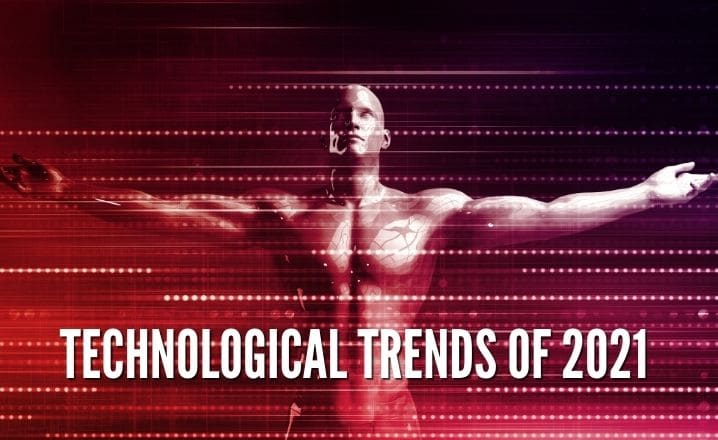The Covid 19 pandemic has urged the world to readily adopt technological advancements. Innovations such as Al and blockchain have rescued industries from being disrupted by the crisis. From education to healthcare and from the manufacturing sector to the financial sector, new-age technology aims to facilitate all industries with regard to continuity and progress.
Digitalization and automation are the need of the hour. This need has given rise to several technological trends. Anyone who resists the change is likely to suffer. Following is some of the most popular present-day technological trends that will continue post-Covid. So, whether you’re someone working in a TV and cable services company like Cox cable, or a bank, you need to be familiar with them.
#1. Artificial Intelligence
Al is playing a major role in the advancement of speech and face recognition, ride-sharing apps, navigation apps, and smartphone personal assistants. It is further expected to help businesses predict demand for services and provide insights that’ll help them understand customer behavior better. This would lead to better decisions in terms of resource utilization and customer care, and hence greater profits.
The increasing demand and need for Al will create a lot of new job opportunities. In fact, machine learning programmers and developers are among the most well-paid and in-demand jobs on LinkedIn at the moment. While digitalization and automation would result in job cuts in the manual labor sector, they will also create more than 50 million new positions by 2030.
#2. Blockchain
Bitcoin is the first thing that comes to mind upon the mention of blockchain. And that’s not surprising because the banking and financial sectors are the first to make use of this technology. But blockchain is much more than bitcoin. Yes, it records financial transactions for transparency and security; but it can be used to monitor supply chains, ensure safe data sharing, and much more.
Businesses have begun to understand the benefits of blockchain in terms of transparency, security, and performance. They are hence hiring blockchain developers to ensure smooth workflow. Blockchain can help detect cyber threats, eliminate the risk of vote-rigging in elections and thereby boost performance and build relationships.
#3. Virtual Workspace
By June 2020, over 40% of the US labor force was working from home. This led to the boom of collaboration software. The global video conferencing market hit the $7.87 billion mark.
Work-from-home is a trend that has found considerable acceptance by employees as well as employers. The former tend to be more productive and enjoy a work-life balance while the latter get to save on overheads.
Given its enormous benefits, tech giants like Facebook and Twitter have announced their plans of WFH post-Covid as well. This indicates that the future of work is remote. Hence, there is a need to make it more efficient. Research is therefore underway to develop fully digitalized workspaces. This means working in virtual workplaces where handing over a document without leaving your home would very much be possible.
#4. Edge Computing
As more and more companies are moving to the cloud, they have come to realize the shortcomings it has in terms of latency and processing. Edge computing is a viable solution in this regard. It allows businesses to process time-sensitive data to a centralized location with limited or no connectivity.
The popularity of edge computing will increase with the use of IoT devices. The global computing edge market could hit the $6.72 billion mark by 2022. This would translate into more jobs, especially for software engineers.



